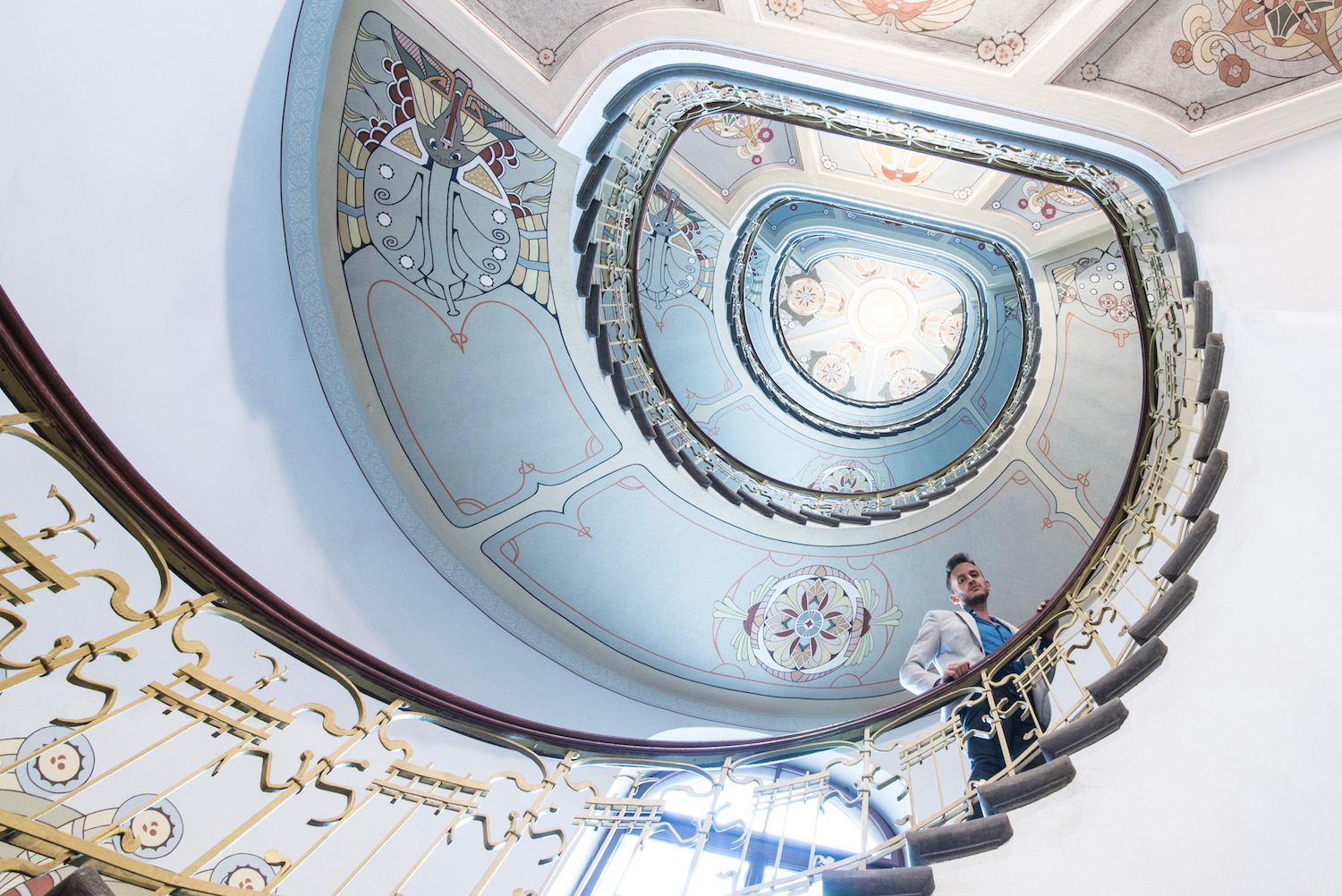Upon exiting Vilnius Airport to begin my trip through the Baltic capitals two weeks ago, I entered a world of contrast. There were individual USB chargers on the otherwise ramshackle bus (the devices of stylish, but slightly off-kilter local passengers occupied all but a few of them), but it was difficult to ignore how much like Eastern Europe my surroundings felt in these first moments, especially compared to the place I had just left behind.
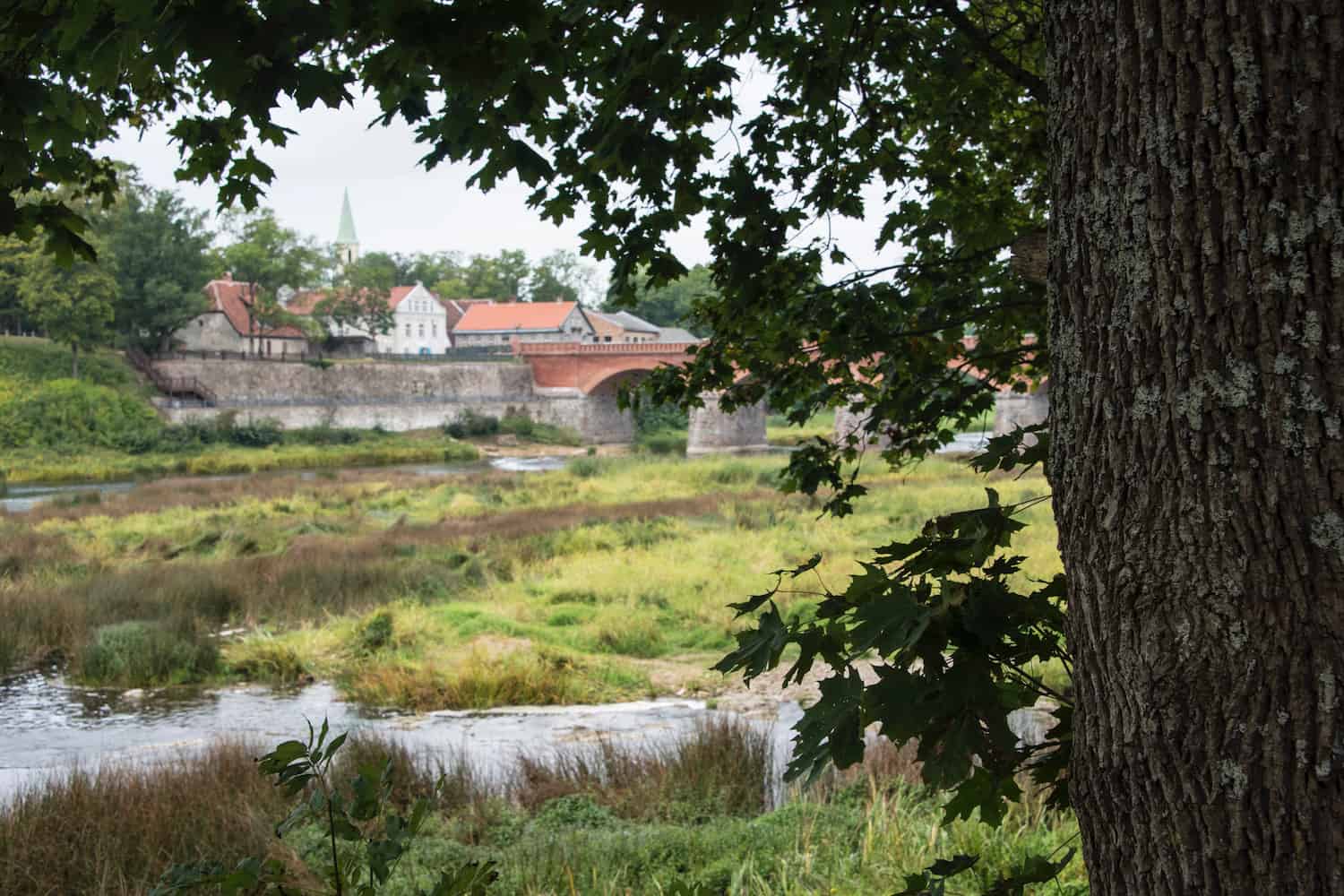
As I blast off from Estonia after two weeks exploring the Baltic countries, my first moments in Lithuania seem as distant as that country’s proto-Polish chic from Latvia’s uncanny impression of Sweden, itself as divorced from the Finnish flair of Tallinn as Helsinki is from Stockholm. I’m still not sure what to make of Europe’s most overlooked, understated sub-region, though I hope the sketches I’m about to present will clarify my feelings for both of us.
Through the Gate of Vilnius
“We don’t have any bread,” the woman said to me, in Russian, a half-smile on her face. I’d spent all day at the Hill of Crosses, and wanted nothing more than to sink my teeth into a kebab, but it wasn’t to be.
Having just spent two full days in Vilnius, I’d come to Siauliai not on a day trip (as most foreigners do) but rather as an overnight stop on my way to the Baltic seaport of Klaipeda. While certain aspects of Lithuania’s capital had felt, well, Soviet, it wasn’t until I left its sprawling Old Town behind that I realized just how cosmopolitan a place it had been.
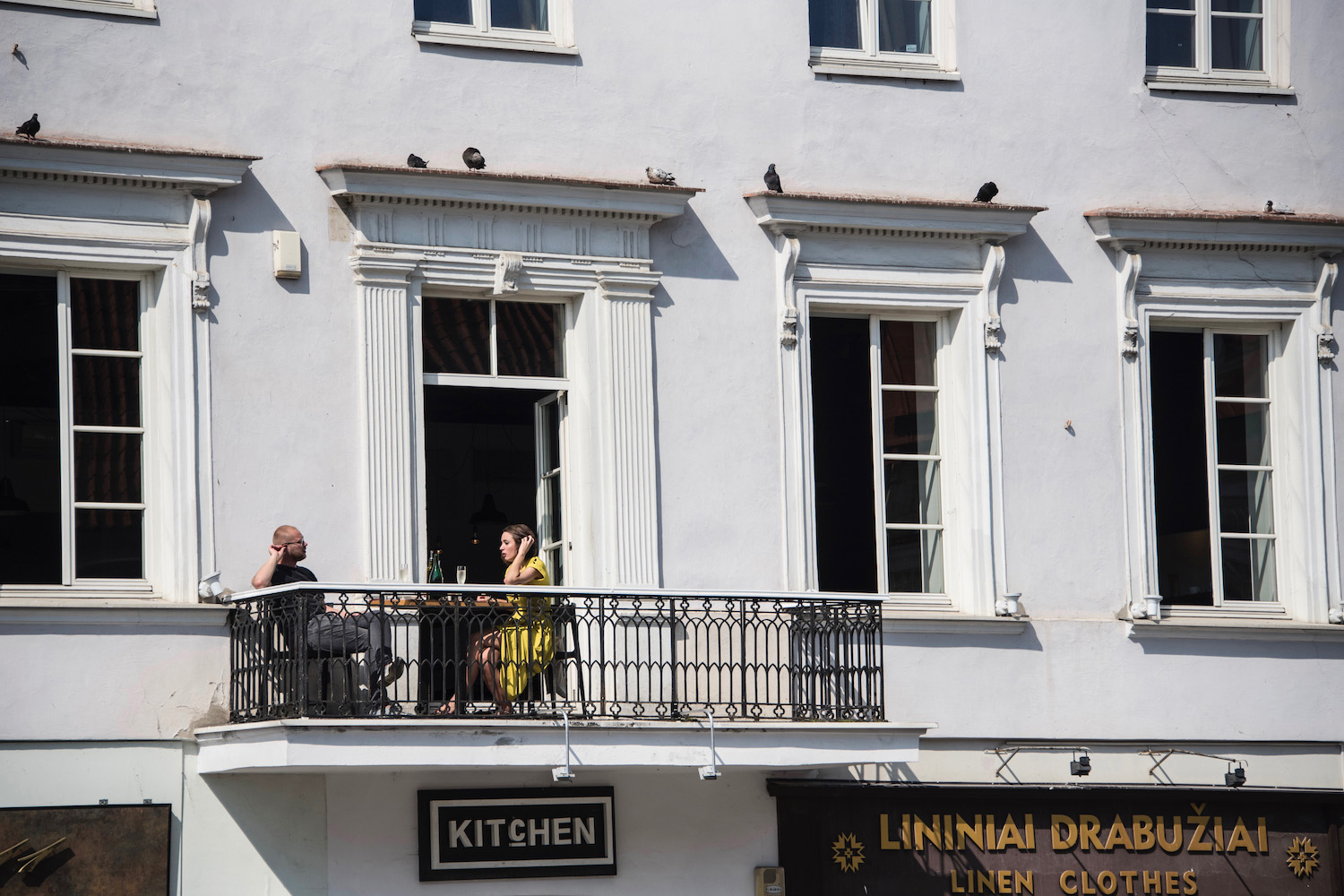
She was happy to be able to tell you ‘no,’ I gritted my teeth as I walked back toward the decaying hotel I’d booked for the night, recalling similar interactions I’d had in places that had once been behind the Iron Curtain.
Of course Vilnius, at least I once I passed under the Gate of Dawn into its historical center, had impressed me even discounting how cold I would later find much of the rest of Lithuania to be. Lively patios filled with the sound of clinking wine glasses and shops selling Baltic amber beads lined the cobbled road I walked en route to the city’s Cathedral and its adjacent castle park.
I found the banners heralding the Pope’s upcoming visit somewhat foreboding, given recent revelations that have come out of the Catholic Church. But the sound of the Coldplay cover band playing at Vilnius Town Hall was oddly soothing, even though I only like one of the band’s songs—coincidentally, the one that happened to be blaring through the evening air.
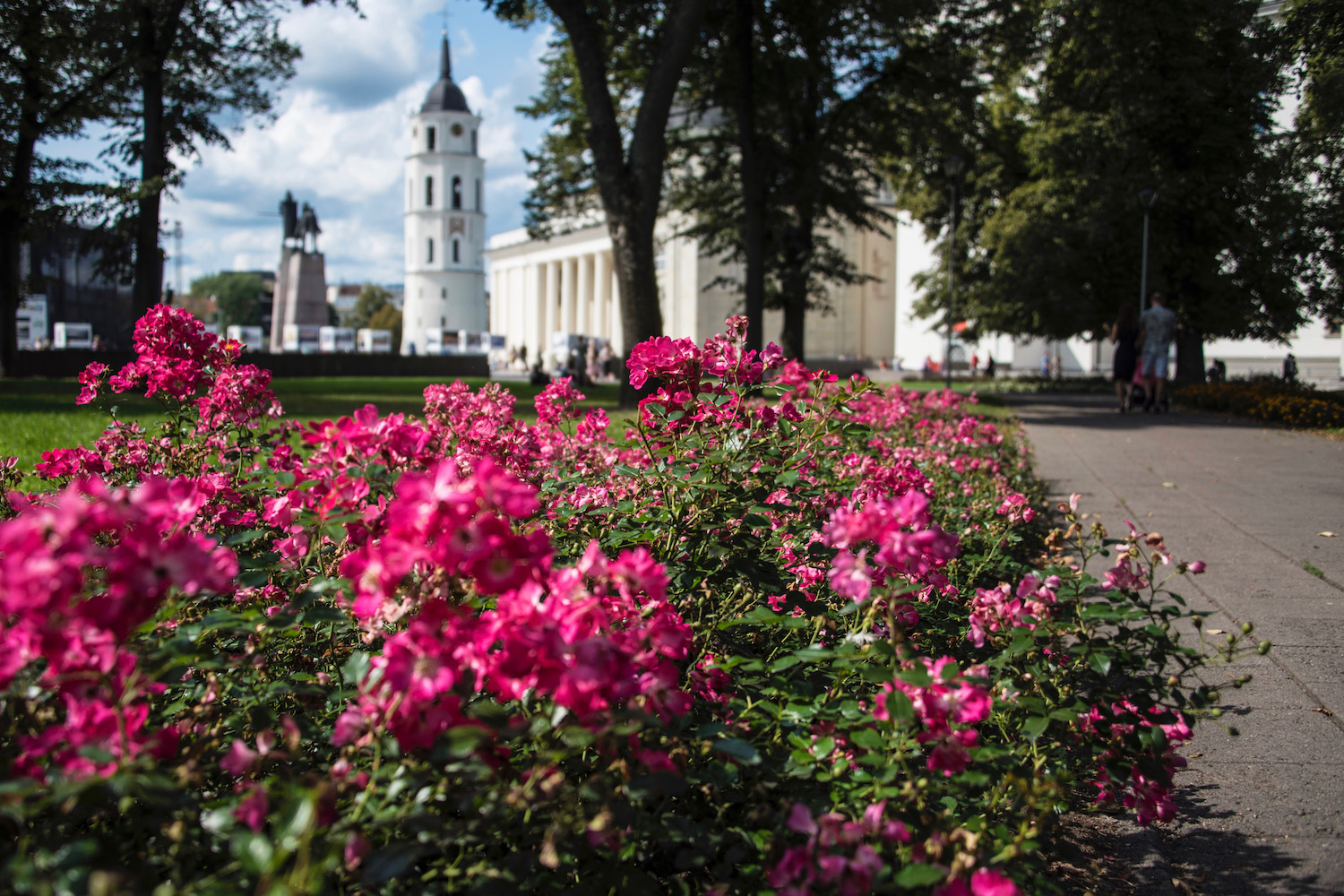
I mean, had it not been for my forays to the Hill of Crosses and, after that, the Baltic Sea itself, my image of the Baltic capitals would’ve been not of a long-captive people walking a tightrope between resistance and capitulation, but of basic white girls who know nothing about photography name-dropping Adobe Lightroom functions atop Gediminas’ Tower as the sun set in the distance.
A local man I’d met the night before heading west from Vilnius train station toward the sea had warned me of this. “It’s like comparing New York to—where’s that awful state George Bush comes from?” he scratched his head, no doubt imagining whatever awful town he’d escaped from, and obviously unaware of the fact that I myself was a native Houstonian.
Texas, I’d said, without getting into the weeds. I thought about the word again, and the bluebonnets I used to love to frolic through every spring, as I admired the rosa rugosa that crawled over the dunes of the Curonian Spit, a 100-kilometer sandbar that sits just off Lithuania’s coast.
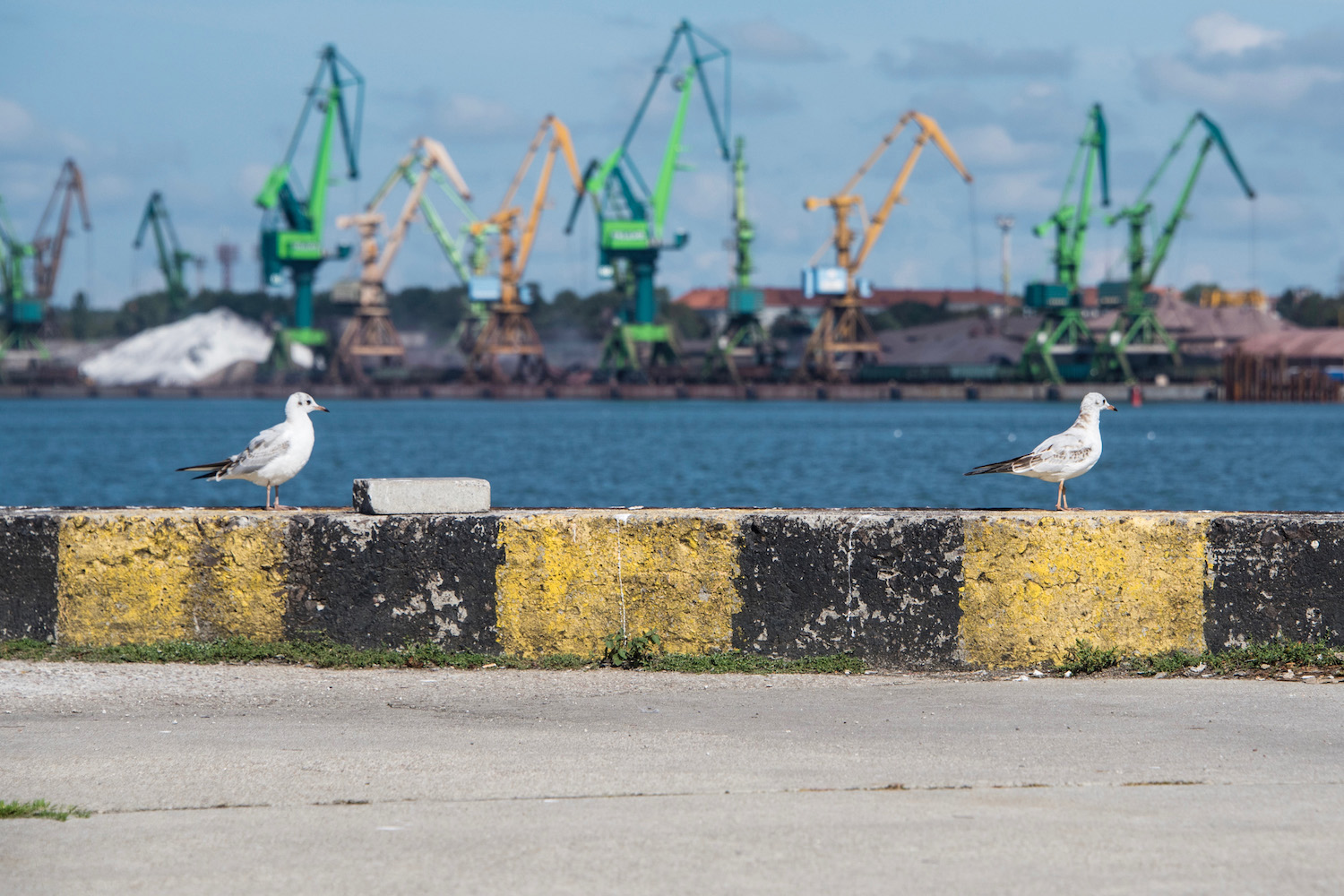
The frigid, dark water notwithstanding, it was home to some of the most beautiful beaches I’d seen in Europe, particularly since I lucked into a bright day with temperatures approaching 30ºC.
My time in Lithuania ended nearly as blissfully as it had begun, the sand that made its way into my underpants frolicking on nude beaches in the Baltic islands a reminder of the warmth I’d basked in, rather than the perverts who’d watched me sunbathe.
Instead, however, a rent-a-cop on a power trip had inexplicably chased me away from the Perkela Museum, where I’d come to watch sunset. As I walked along King Wilhelm Channel back toward my hotel, a pack of drunk Russians in a rowboat shouted something about how Putin would take back Lithuania in due time.
Riga’s Realities
Though I was technically in Riga, Stockholm was the city on my mind as I strolled amid church spires and bakery-cafés my first morning in Latvia. It was sunny, ostensibly, but there was an almost imperceptible haze that permeated that air. My promenade was surreal, not unlike the vision that had taken up the entirety of my brief sleep the night before.
In it, my long-deceased dog Penny had visited me—at the house my family moved out of two years before we brought her home, no less. Physically, however, she’d been identical to the day I decided it was time to put her down, nearly 15 years into her life. I awoke wondering whether it had actually been her, or a mere mosaic of memories.
The vaguely Swedish undercurrent flowing beneath my morning continued as I entered the first bakery-café I saw.
She’s a hunter, Linn Berggren sang, presumably to me, as I staved off the advances of a dreadlocked beggar who thought my first purchase in Latvia should be a €4 danish for him, you’re the fox.
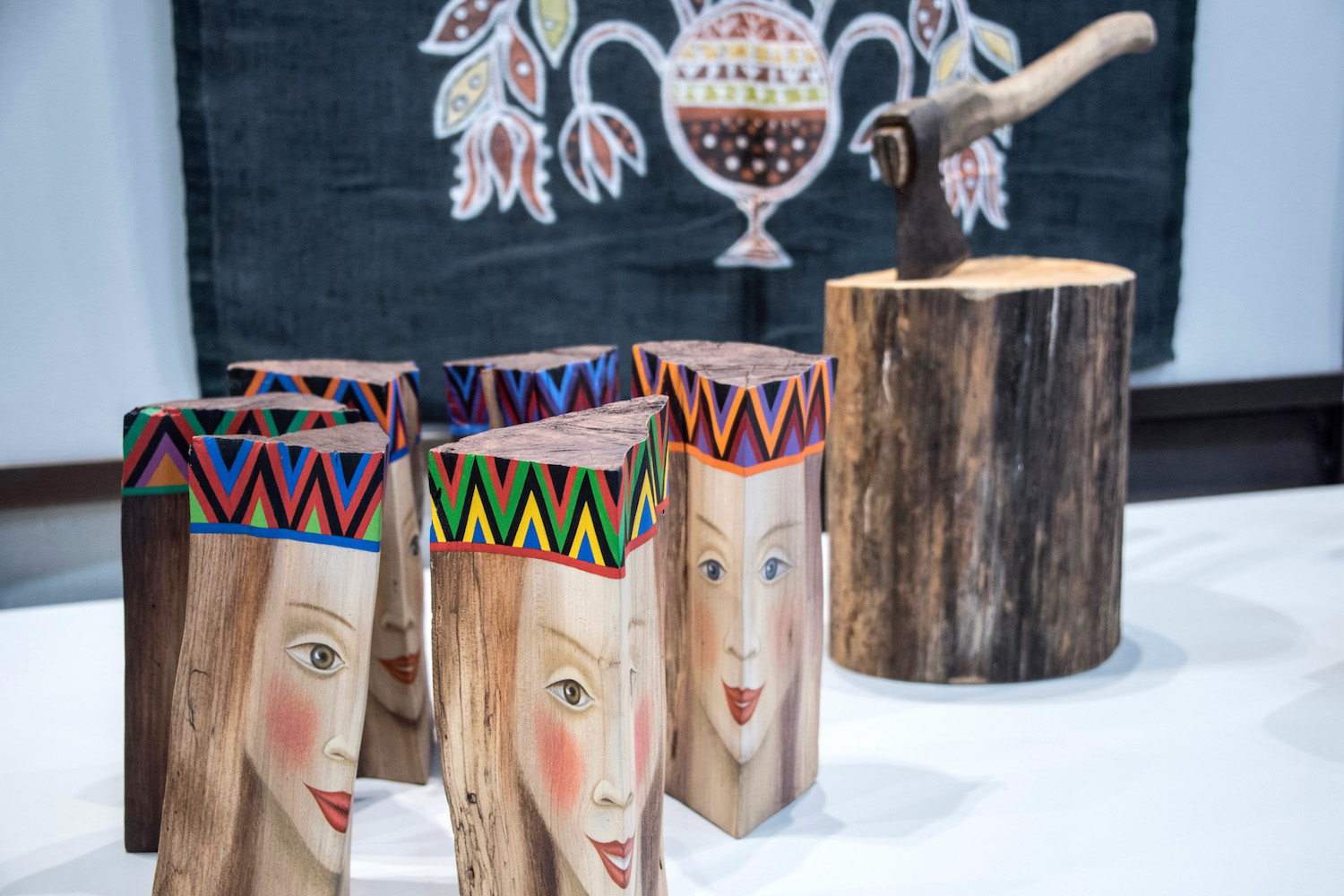
It’s no coincidence that Riga feels like a fantasy. As I would later discover is the case for all the Baltic capitals, to some extent, basically the entire town center has been re-built, having been destroyed during World War II and not repaired until after the decades long Soviet occupation.
While the expansive Riga Art Nouveau buildings (most of which are original) also feel culled from a realm not our own, it’s easy to conclude that many people, particularly older ones, never imagined that the Latvia of 2018 would manifest itself out of their own reverie.
My strategy here was different than it had been in Lithuania. Rather than traveling in a straight line, more or less, progressing continuously along a route I guess will one day be considered a tourist trail, I based myself in Riga and, after exploring the city for two days, rented a car to explore the Latvian countryside.
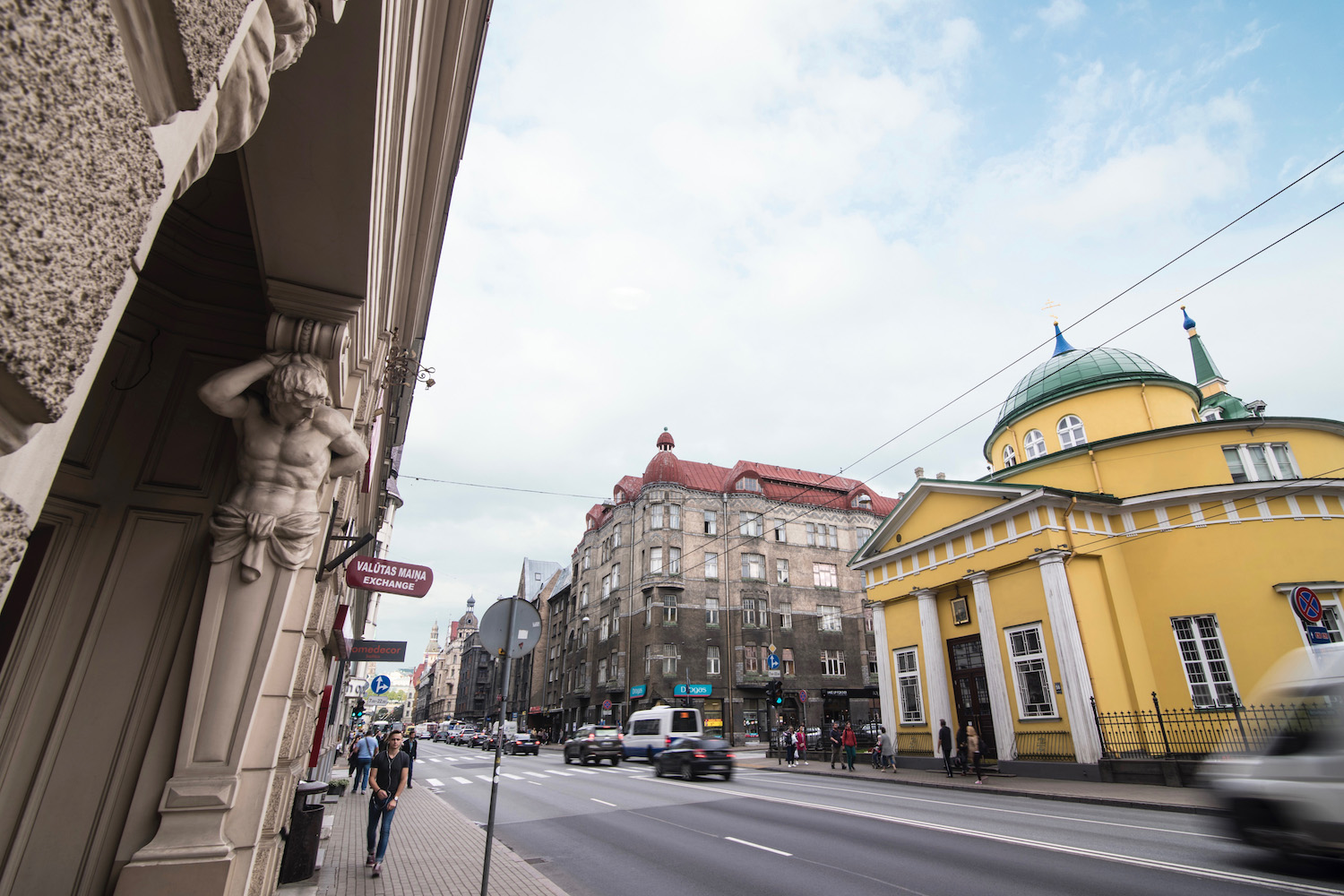
All roads in Latvia lead to (and, thus, away from) Riga, however—nothing that befell me outside the capital even came close to leaving the impression on me that the most quotidian experiences inside it had.
Though I must admit, seeing a particular man dismount his bike just meters from Venta Waterfall in Kuldiga and, in a matter of seconds, strip down and jump into the frigid water had been thrilling, especially since he was still supernaturally hung past the point most would’ve shriveled completely. Yes, I realize this observation makes me a hypocrite RE: the creeps on the Curonian Spit.
There were no rowing Russians there, however—life, along my merry way through Latvia, was but a dream indeed.
Inspired by the trailer for Season 3 of The Man in the High Castle, and my own aforementioned hallucination, I attempted to picture the alternate reality of Soviet Riga, with Russian spoken instead of Baltic languages. But unlike Lithuania, where the shadow of Stalin seemed to still loom large, I literally couldn’t picture such a spectacle here, even after spending hours at the Museum of the Occupation of Latvia.
Still, I realized, the scene before me could end up being tenuous and temporary—Latvia, whatever it was in September of 2018, would no longer exist for me in a matter of days. The gentle voice that talks to you, I’d been reminded shortly after my arrival, won’t talk forever.
Triumph and Tripe in Tallinn
I was exhausted by the time I arrived to the precipice of Toompea, the hill that looms over the historical center of Tallinn, Estonia. So it was appropriate that the first words I heard as I set my bag down were in the language of the home I would soon be returning to: A group of Thai tourists, the first I encountered in the nearly three weeks I’d been traveling up to that point, were doing their best to figure out which angle would show them in the most flattering light.
“Perhaps it was a sign,” I waxed poetic to Annette, the young woman who waited on me during my unexpected lunch at Rataskaevu 16, “that I saved the best for last.”
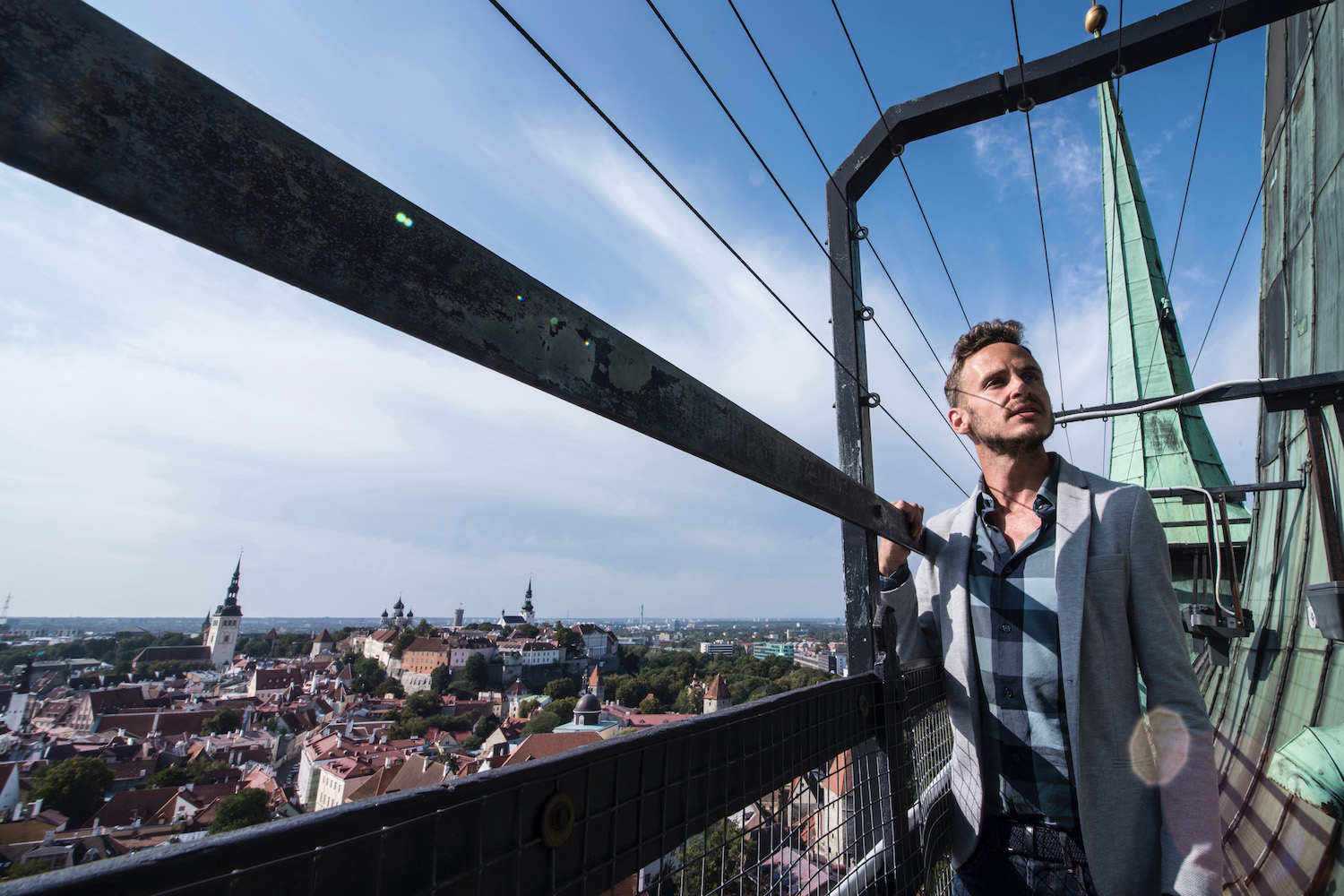
I’d been thoroughly impressed by my three-hour walk amid fortress towers and Orthodox domes, though I’d be lying if I said my fortune to get a table at Tallinn’s highest-rated restaurant at lunch on the last sunny Saturday of the summer didn’t further elevate my mood.
In some ways, it would be short-lived. I’d felt humbled by Annette’s kindness (and thoughtfulness—she placed a small, plastic beaver on my bread board so I’d have a “friend” to eat with), and thankful for her suggestions of where to go once I tired of the foreigner-filled old town.
“Head to Tallinn Creative City,” she’d insisted, noting that she and the majority of her effortlessly cool co-workers lived there, “and the Culture Kilometer.”

The place she recommended me, to be sure, housed exactly the sort of hyped-up tripe I’d so happily left behind in Austin. A mostly industrial district flecked with a potpourri of pointless street art, where dead-eyed dudebros and yoga babes walked their perfect pups (and progeny, the older ones anyway) through erstwhile cemeteries whose gravestones had been removed, at their behest I assumed.
“It’s just not a welcoming aesthetic,” The first dudebro to have bought one of the nearby cookie-cutter condos probably said as he signed his papers, imploring the developer to make the boneyard more palatable to his future neighbors.
Death had been on my mind a lot in Tallinn, and before I arrived. John McCain, a person I once imagined would be the most conservative presidential nominee of my lifetime, died when I was in Lithuania, and I often thought back to his oft-told story of taking vodka shots on Town Hall Square with the rightful 45th President of the United States, as the Tallinn walking tour I created for myself each morning repeatedly took me through the plaza.
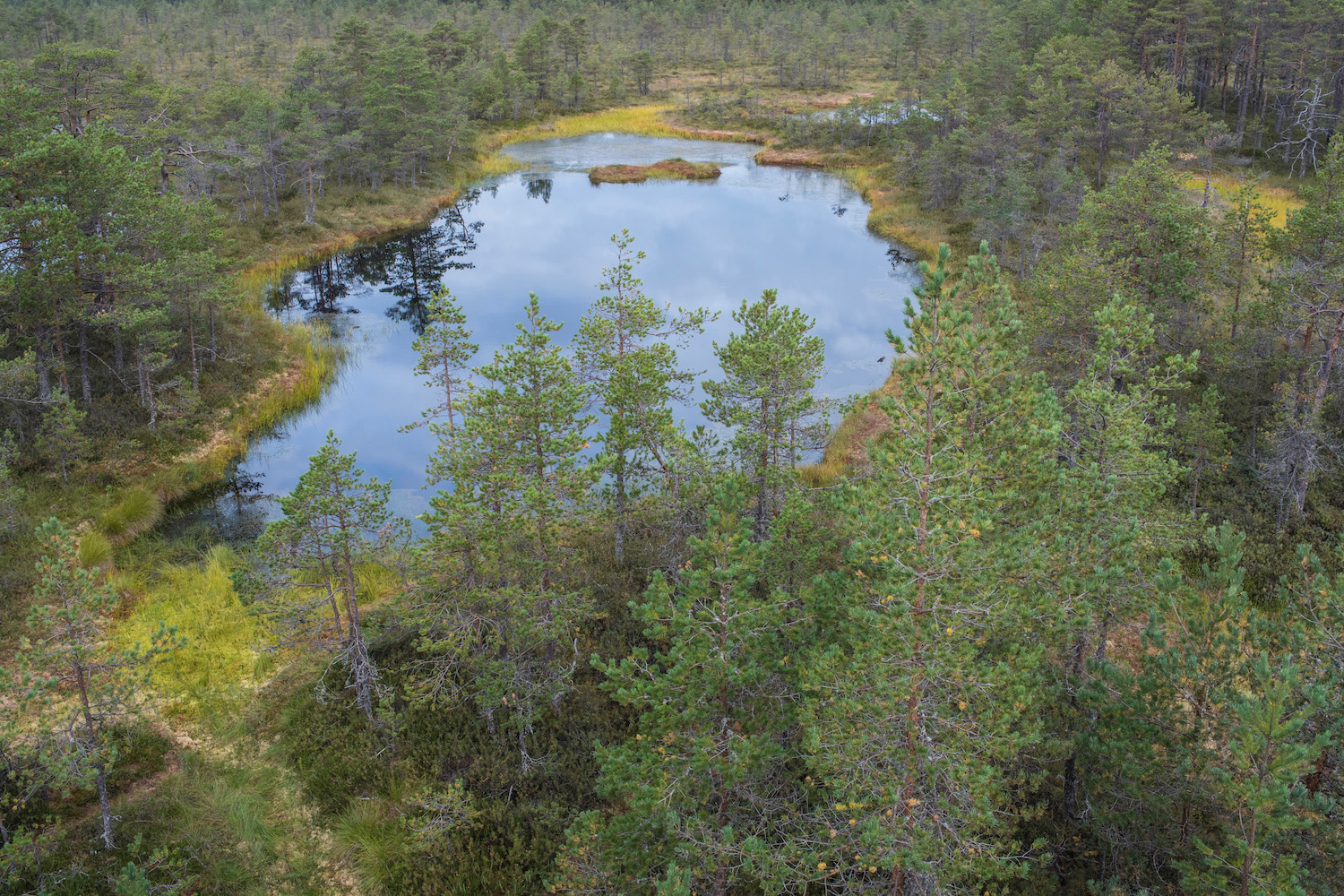
Among the tangible reasons I actually admire McCain, however, is his lifelong defiance to Russian aggression. Estonia (which feels like Finland-lite, from Helsinki-shadowing Tallinn to the Lapland-esque bogs of Lahemaa National Park, a popular destination for Tallinn day trips) is at once the Baltic country that has progressed the furthest from its Soviet past and the one that seems most at risk of Russian tanks trampling over its border—especially since the not-so-rightful POTUS #45 doesn’t give two shits about protecting its sovereignty.
My time in Tallinn (and, therefore, the Baltic capitals) ended not with an inciting incident, but with reflection. Upon both the crossing of this geopolitical rubicon, and of the days in Vilnius that had begun my trip.
Vilnius, where Coldplay had rung out over cheers-ing wine drinkers, and where I’d never imagined how quickly my two-weeks in this unsung European frontier would slip through my fingers like the sands of the Curonian Spit—the hardest part was letting go, not taking part.
Saying Goodbye to the Baltic Capitals
The three Baltic capitals represent three different visions of Europe, all built on the same foundation. Riga and Tallinn, as spiritual sisters to Stockholm and Helsinki respectively, have more successfully risen out of the post-Soviet ash than Vilnius, which at times (especially when the rest of Lithuania is considered alongside it) feels only a few Russians troops short of Crimea in 2014.
Baltic travel is a singular experience, yes, as I’ve tried to illustrate throughout this essay, but is also a survey of the disparate cultures at whose crossroads the region sits—not entirely unlike Switzerland is for the French, German and Italian ones.
I smile to myself as the bogs of Estonia disappear beneath the clouds, shards of blue piercing through like they did when I passed under the gate of Vilnius’ Old Town for the first time. Though the Baltic countries reside at the frontier of the continent, Europe’s heartbeat thunders here.

Robert Schrader is a travel writer and photographer who’s been roaming the world independently since 2005, writing for publications such as “CNNGo” and “Shanghaiist” along the way. His blog, Leave Your Daily Hell, provides a mix of travel advice, destination guides and personal essays covering the more esoteric aspects of life as a traveler.

